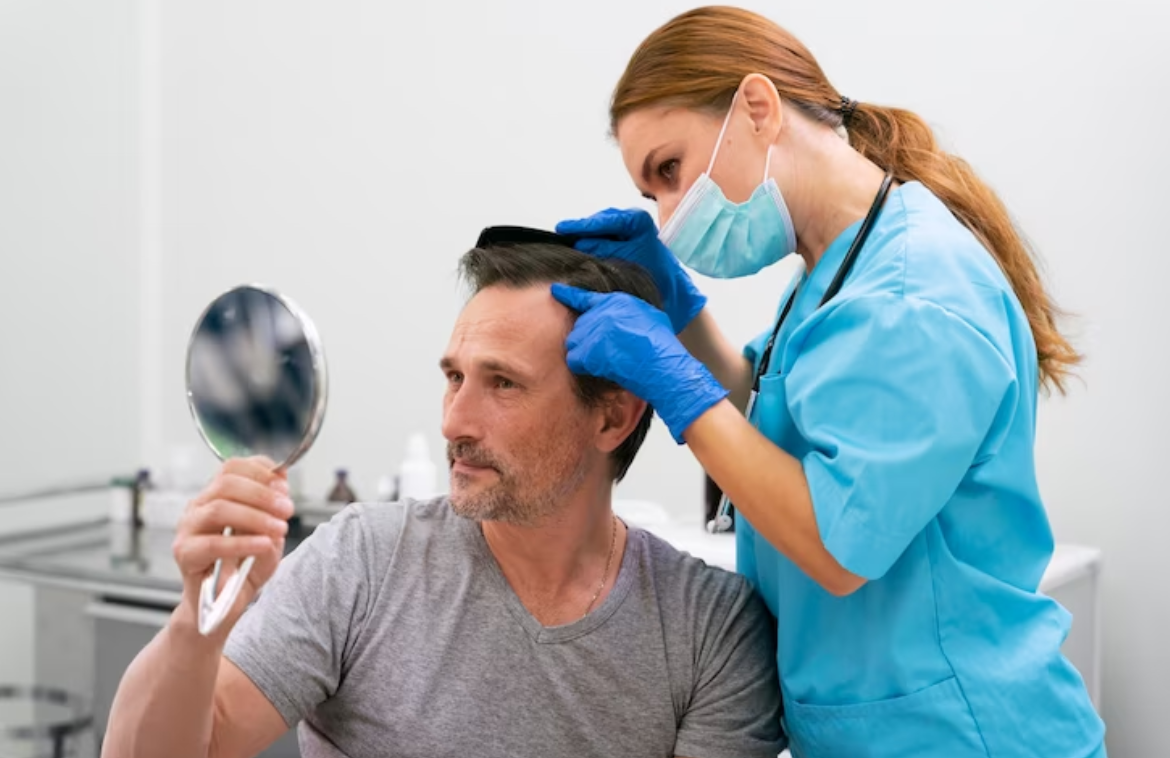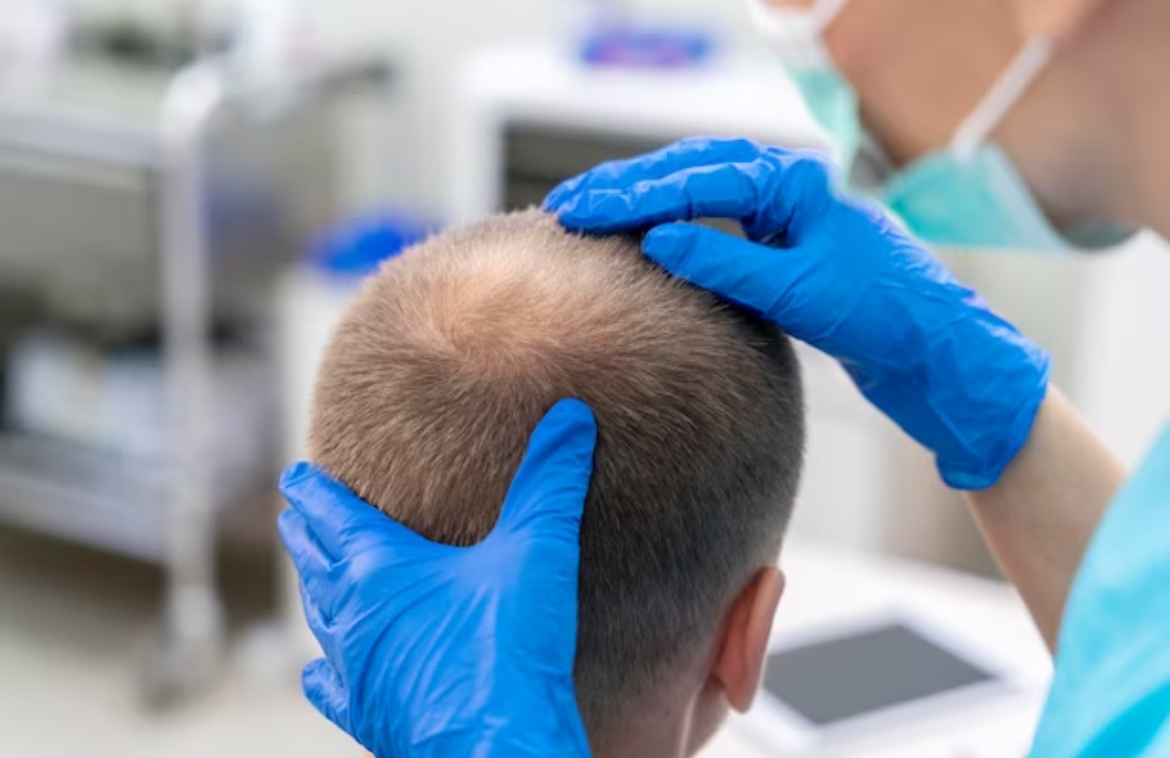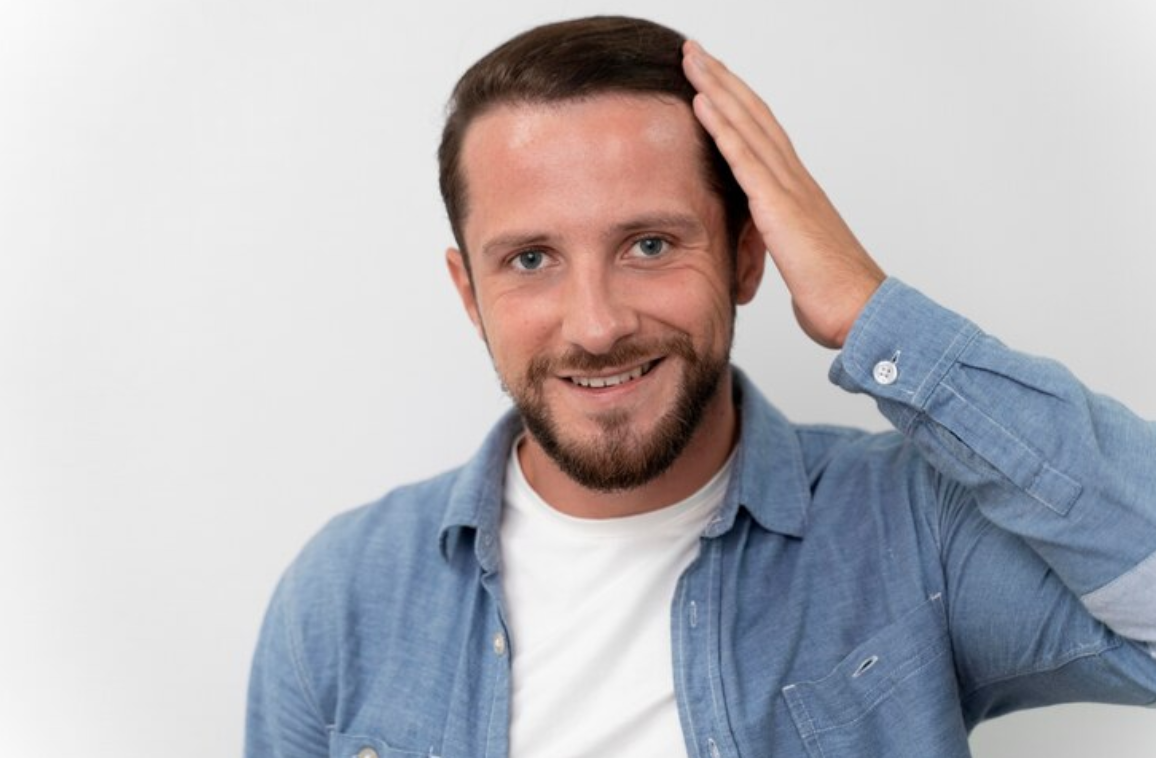Hair restoration is the need of the hour for bald people who want to look good. Efforts are on for non-surgical transplant advances, ensuring that baldness is taken care of.
Lately, the focus has been on clinical trials that help evaluate new regenerative as well as innovative strategies for male and female-pattern hair loss. Bald people are keen on hair restoration.
Efforts are made to aim the anagen of hair follicles (HFs) and also induce neogen in involuted HFs, acting also via activation of the Wnt/-Catenin cascade in HF stem cells and dermal papilla cells.
AGA happens to be a dynamic and chronic hair loss disorder.
The number of investigations evaluating the efficacy of autologous platelet-rich plasma (PRP) along with Adult Stem Cell-based therapy (A-SC-BT) in male and female AGA, commonly considered regenerative strategies procedures, has indeed rather exponentially increased during the last decade (2010–2020).
Female AGA is rather slowly increasing among young women and may, in fact, have serious psychological impacts. Women may, of course, present with a reduction in hair density, hair thinning, and also a widening of the area, especially on the center portion of the scalp, which can have a serious psychological impact on one’s self-esteem, interpersonal relationships, as well as social status.
What more in the non-surgical transplant advances?
Although surgical like hair transplants and multiple non-surgical therapeutic methods such as topical Minoxidil, oral Finasteride, and low-level laser/led therapy (LLLT) have been introduced for the treatment of female AGA, further randomized controlled trials definitely need to be carried out.
The main aim of regenerative strategies is to develop new autologous biotechnologies in order to involve HR-G by ex vivo and in vitro culture or in vivo regeneration as well as biostimulation.
The usage of autologous platelet-derived growth factors, contained in PRP, is represented by basic fibroblast growth factor, platelet-derived growth factor, vascular endothelial growth factor, epidermal growth factor, transforming growth factor, and insulin-like growth factor.
In vitro, the antiapoptotic effects of PRP have been identified as one of the major contributing factors that stimulate hair growth (HG) via the Bcl-2 protein’s activation (an antiapoptotic regulator) and Akt signaling, thus prolonging the survival of dermal papilla cells during one’s hair cycle. The up-regulation of fibroblast growth factor-7 (FGF-7)/β-catenin signaling pathways with PRP treatment is considered to stimulate HG by inducing HF-MSC differentiation as well as prolonging the anagen phase of the HG cycle.
As compared to traditional therapies like Minoxidil and Finasteride and hair transplantation, PRP and A-SC-BT do appear as novel and promising regenerative treatments both in Female-AGA and Male-AGA, with lower cost and fewer adverse effects.
Off late, the preliminary outcomes related to the usage of a new regenerative technique in order to provide autologous micro-grafts (MCGs) thus containing human follicle mesenchymal stem cells (HF-MSCs) to be made use of in patients affected by AGA.
The clinical use of HF-MSCs and A-SC-BT to improve HR-G has not been adequately considered.
More about hair restoration
1. Non-Surgical Hair Replacement
Non-surgical treatments do include lotions, creams, tablets, lasers, etc. These treatments are not really proven effective and can also be expensive if carried out for longer periods of time, and the results are usually very disappointing. Hair systems are options that are not surgical. This option is not really very painful and expensive.
Several advancements have been made in hair systems of late that are natural-looking.
2. Best non-surgical replacements
3. Medications:
There are several medications that can be taken to prevent further hair loss and treat the cause of the condition. These medications also aid in the repair of the damaged follicles on one’s scalp in order to help the person re-grow some of his or her hair.
This method does take time, but it is well worth the effort.
4. Over-the-counter products:
There are several over-the-counter products that can be purchased.
5. Hair systems:
This is a non-surgical hair replacement that requires someone else who has experience to do it. It is not suitable for all.

6. What really works?
Hair replacement systems, also known as hairpieces, are indeed very different from traditional toupees. One option is non-surgical hair replacement.
It is a customized, realistic-looking, and natural-looking hairpiece.
Conclusion
Hair loss is a distressing issue, but solutions are there.




